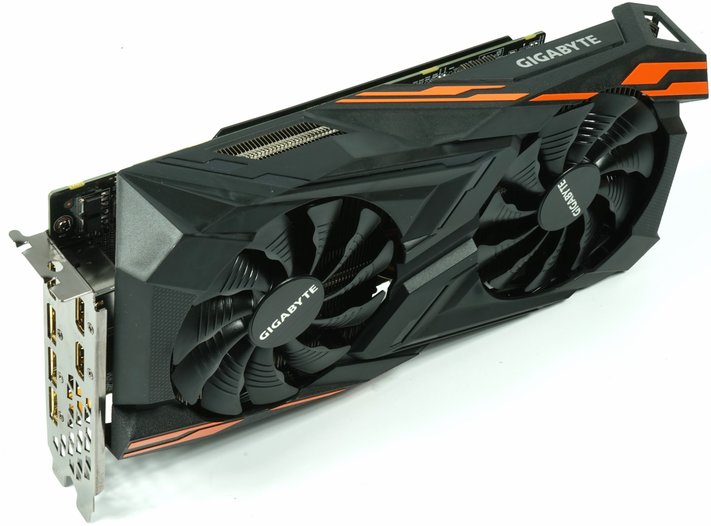Summary
The Gigabyte RX Vega56 Gaming OC leaves the impression in many respects of a rather reluctantly completed compulsory exercise, but in which one has concentrated on the most important things, so as not to smother anything. However, the cost optimization is already quite clear visually and technically. This does not always have to be necessarily negative, because in every performance class there are also the important basic models and then the actual image carriers.
If you see this map as a basic model, gigabytes have hardly anything wrong, but quite a lot of things have been done right. The map, on the other hand, is really not suitable for the image carrier. We would have liked a little more airflow in the cooler, because it has long been the first gigabyte card that could have been made louder, perhaps even had to. For its weight and the installed cooler it is pleasingly quiet, but suffers due to construction and layout due to a partially quite hot board. Sure, this is nampering that sends the card straight into the eternal hunting grounds, but it's still simply unnecessary.

At this point, however, we dedicate an extra mention to the DHT solution used. Although it is actually a typical cost-sinker, because it saves you an expensive copper heat sink or an even more expensive vapor-chamber, the millimeter-accurate cover deserves appreciative praise. So if it is absolutely DHT, then please do so! The difference between the performance achieved with the Sapphire card is proof that you don't have to destroy all skills when saving.
The beat and power consumption are exactly where you would have expected it, which means that the card positions itself exactly where you would like to see it in the game performance. Overclocking with the crowbar, however, is hardly possible, unless you propeller significantly higher and live with the acoustic consequences. Or you can really take a lot of time and find out the optimum for the individual sub-voltage. Of course, always with the risk that a new driver version or a Windows update will start everything from scratch. Unfortunately, the WattMan alone is hardly suitable for this at the moment.
Conclusion
If there were real availability, the Gigabyte RX Vega56 would certainly be one of the cheap and also recommended entry-level models in this Vega class. No more, but no less. The accountants at Gigabyte made sure that this (obvious) small series does not incur further costs, which could never have been recorded again. Damage limitation.
And if the delivery of the packages were to suddenly bubble up in the foreseeable future, you would even have the Aorus card, as one had imagined in July/August 2017, with just a few simple steps and production changes. From this point of view, the whole thing has not yet been finally buried, at least in theory. at least.































Kommentieren